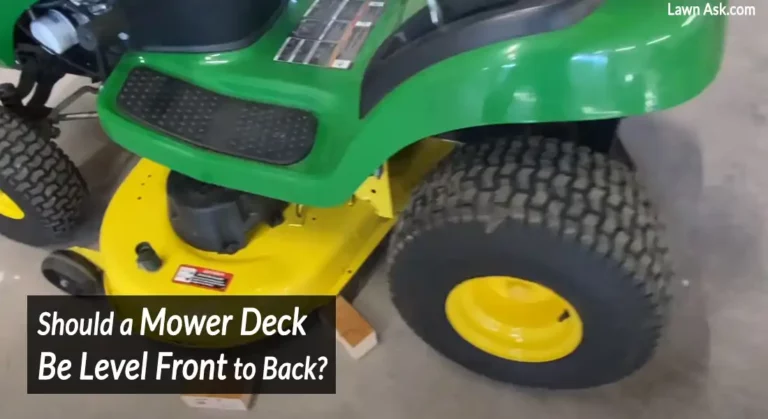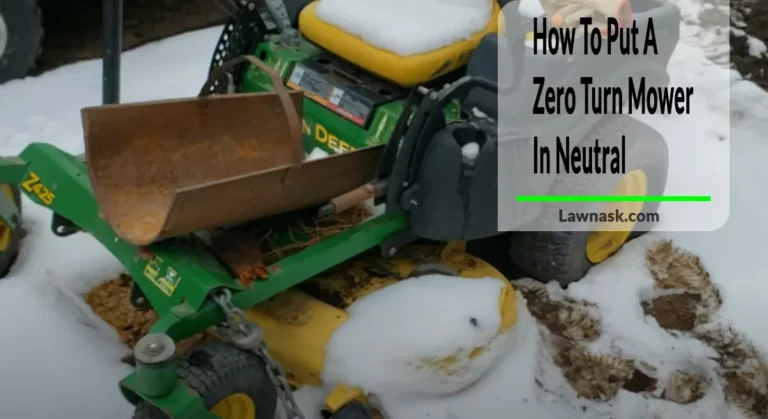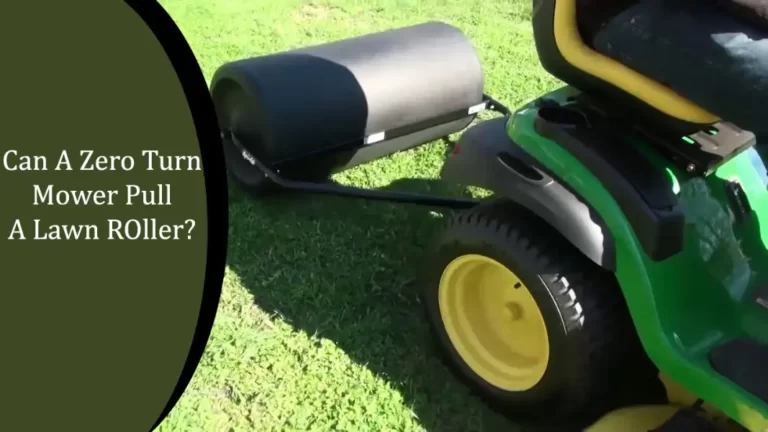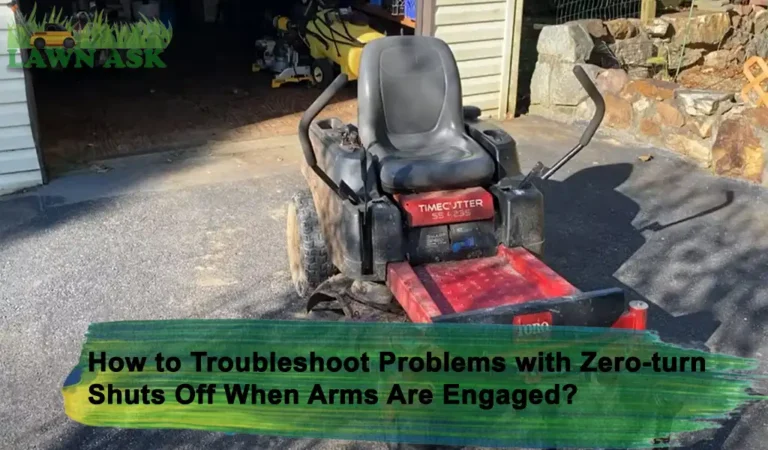Why Is The Lawn Mower PTO Not Engaging? Causes & Solutions
Having a lawnmower that won’t engage the PTO can be extremely frustrating. One of the most common lawnmower symptoms is when the PTO (power take-off) is not engaging.
Common causes of a PTO not engaging include a damaged PTO clutch, broken wiring, a worn-out belt, or a defective PTO switch.
In this article, various causes of a lawn mower PTO not engaging, as well as some possible solutions will be discussed.
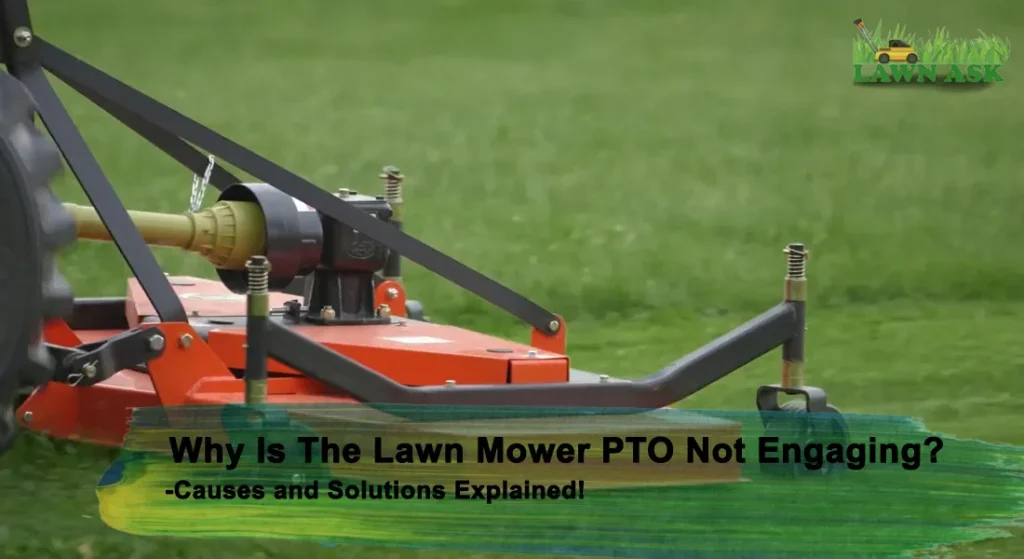
What Could Be the Reasons for PTO Not Engaging on Your Mower?
Here are the reasons that cause the PTO to not engage:
- The blade belt is too tight or too loose.
- Incorrectly installed blade.
- The PTO clutch is not adjusted.
- The PTO switch is not working properly.
- The PTO cable is damaged or disconnected.
- The PTO shaft is not properly connected.
- The drive belt is damaged or misaligned.
- Corroded or loose battery cables.
Why PTO Engagement Is Important in a Lawn Mower?
Here’s why you need your lawnmower PTO to engage:
Keeps the Engine Running at Optimal Performance:
Regularly engaging the PTO on your lawn mower can help ensure that your engine is running at optimal performance. This means more efficient mowing and better overall results.
It makes engaging and disengaging the throttle easy. This is important when mowing certain areas.
Reduced Wear and Tear:
By engaging the PTO when you mow, you can help reduce the wear and tear on your lawn mower’s engine. This can help prolong the life of your mower and decrease the need for costly maintenance or repair.
Improved Fuel Efficiency:
Engaging the PTO on your lawn mower can help improve fuel efficiency.
By using the PTO, you are forcing your engine to run at its optimal performance, which requires less fuel. This can help cut costs and reduce your environmental footprint.
Better Safety:
Engaging the PTO on your lawn mower can help reduce the risk of fire. And it can also help reduce the risk of injury from the blades.
What Are the Dangers of Not Engaging the PTO in a Lawn Mower?
When the PTO is not engaged, the blades will not spin and the engine will be forced to work harder. This can cause the engine to overheat, potentially leading to a fire or an explosion.
Furthermore, without the PTO engaged, the mower may lack traction, leading to an increased risk of slips and falls.
Lastly, the blades will not be spinning. So any debris or rocks that are in the path of the mower may be kicked back or thrown from the mower, potentially causing injury or property damage.
Related Post: Why Engine Dies When PTO Is Engaged? Reasons And Solutions Explained
PTO Not Engaging in Lawnmowers: 8 Problems and Solutions
Here are the things to do that will get your disengaging PTO to engage in your mower.
Note: Always make sure to disconnect the spark plug before doing any repairs to the lawn mower.
1. Faulty Blade Belt
First, remove the belt guard to access the belt. Inspect the belt for any signs of fraying, wear, or damage.
If the belt needs to be replaced, loosen the tension pulley and remove the old belt. Replace the belt with a new one, making sure it fits securely over the pulleys.
Tighten the tension pulley to secure the belt in place. Replace the belt guard too while you are at it.
2. Incorrectly Installed Blade
The blade can be tight or loose depending on installation. The center bolt needs to be tight and should hold, the tabs are there to help.
Remove the blade from the lawn mower by removing the retaining bolt or bolts that hold the blade in place. Inspect the blade for any damage or wear.
If necessary, replace it with a new blade.
Make sure that the blade is installed correctly.
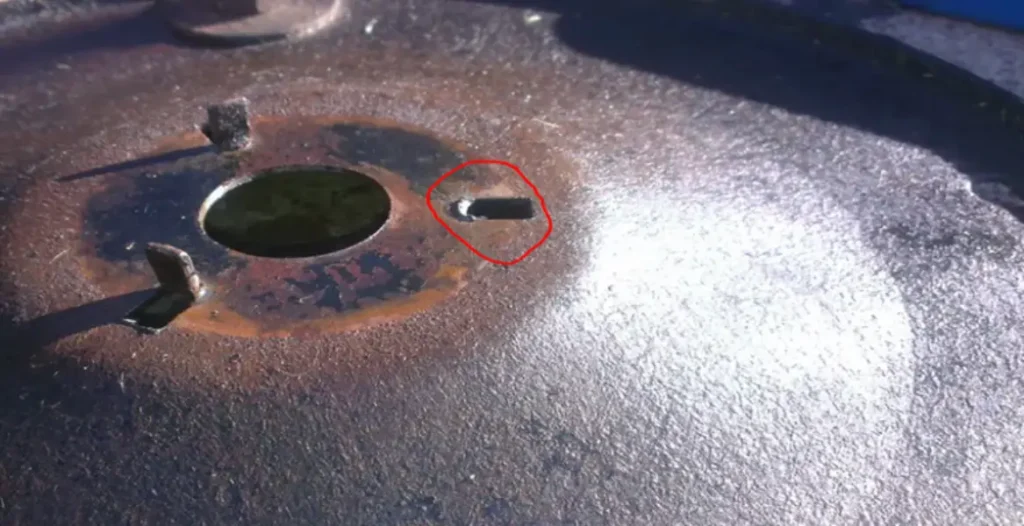
Note: The cutting edge should face downward and the blade bolt holes should line up correctly. Tighten the blade retaining bolt or bolts securely to ensure that the blade is securely attached to the mower.
3. Damaged PTO Clutch
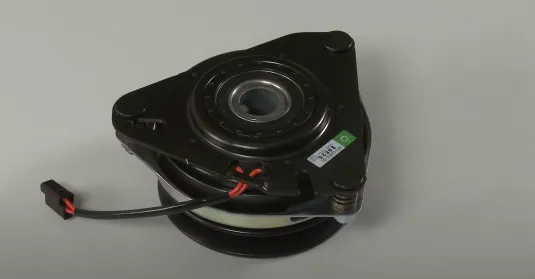
The PTO clutch is located on the side of the engine, near the bottom. Inspect it for any signs of damage or wear.
If you notice any issues (bent or broken parts) you will need to replace the PTO clutch before proceeding with the alignment.
When you are done with that, loosen the bolts or screws that hold the PTO clutch in place. This will allow you to adjust the position of the clutch.
Carefully rotate the PTO clutch until it is in the correct position. The clutch should be lined up with the PTO shaft on the engine.
Tighten the bolts or screws that hold the PTO clutch in place. Be sure to not over-tighten the bolts as this can cause further damage.
4. Faulty PTO Switch
First, locate the PTO switch on your lawn mower. It is typically located near the clutch or brake pedal.
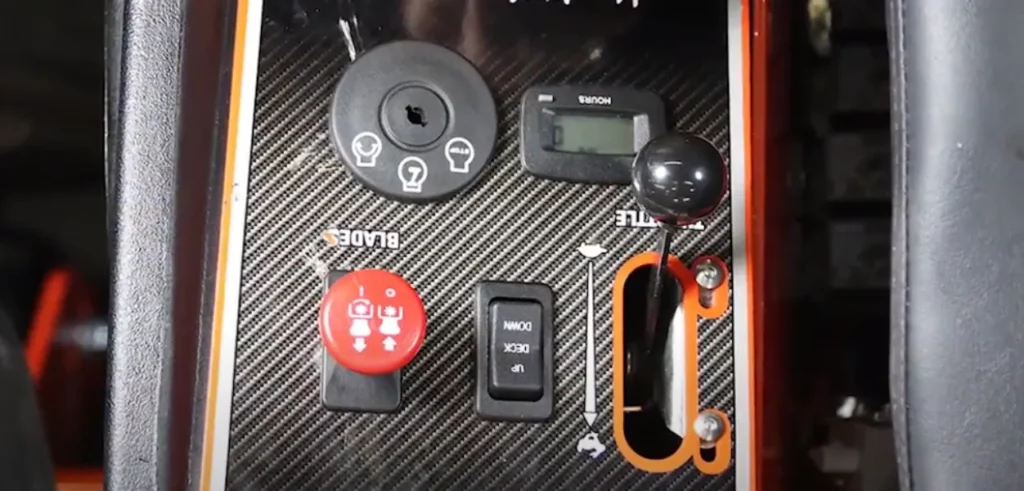
Check the wiring connections to ensure they are secure and not corroded. If the connections are loose or corroded, clean them with a wire brush or replace them if necessary.
Check the continuity of the switch by using a multimeter. If the switch is faulty, you can either replace it with a new one or try to repair it.
To repair the switch, use a small amount of dielectric grease on the terminals and move the switch back and forth to work the grease into the switch.
5. PTO Cable
The PTO cable is located near the transmission or the rear of the mower.
Check the cable for any visible damage or wear. If the cable is frayed, cracked or broken, it will need to be replaced.
6. PTO Shaft is Not Fucntioning Properly
Check the PTO shaft for any visible damage or wear. If the shaft is bent, cracked, or has any other damage, it will need to be replaced.
Check the PTO engagement lever for proper operation. If the lever is not functioning properly, it will need to be replaced.
Inspect the PTO shaft’s connection to the transmission, mower deck, engine. If the connection is loose or damaged, it will need to be tightened or replaced.
7. Faulty Drive Belt
First, check that all the pulleys and idlers are not bent and leaning. If not, time to replace the belt.
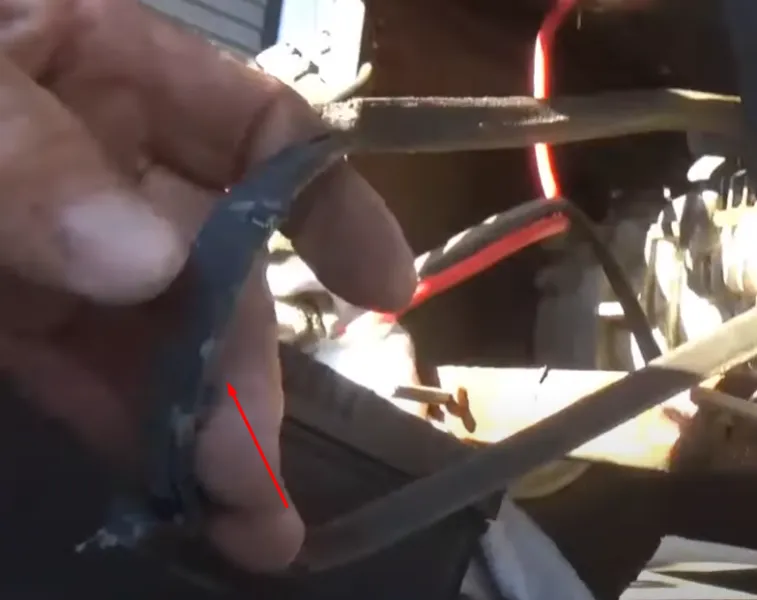
8. Damaged Battery Cables
The battery cables typically have positive and negative cables.
Inspect the cables for any visible damage, such as fraying or corroded terminals. If you notice any damage, it may be best to replace the cables entirely.
Check the connections between the cables and the battery terminals. Make sure they are tight and secure. If they are loose, use a wrench to tighten them.
If you find a break in the wiring, use electrical tape to repair it. If the wiring is frayed, use a wire cutter to trim away the damaged section and use electrical tape to secure the ends.
Related Post: A Comprehensive Guide to Electric PTO Clutch Troubleshooting
Frequently Asked Questions [FAQs]
How to test the PTO switch with a multimeter?
Set the multimeter to the continuity setting and place one probe on one terminal of the switch and the other probe on the other terminal.
If the switch is working properly, the multimeter should beep.
How do you adjust a PTO clutch in a lawnmower?
Adjust PTO clutch by loosening the bolt or clamp, sliding the clutch to the desired position, and tightening the bolt or clamp securely.
Related Posts:

